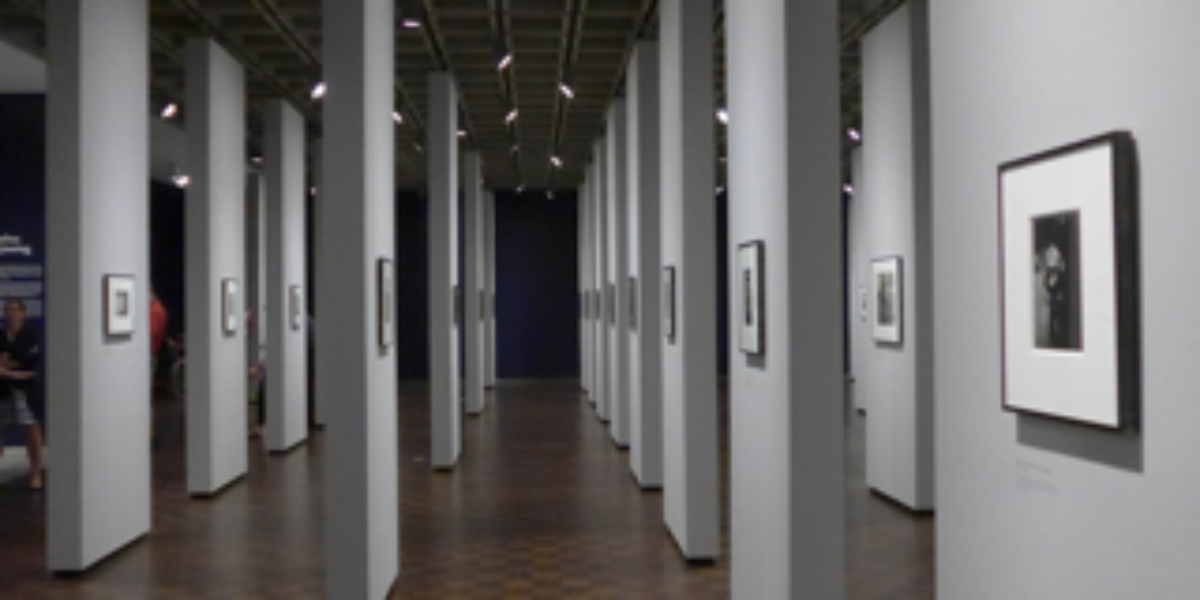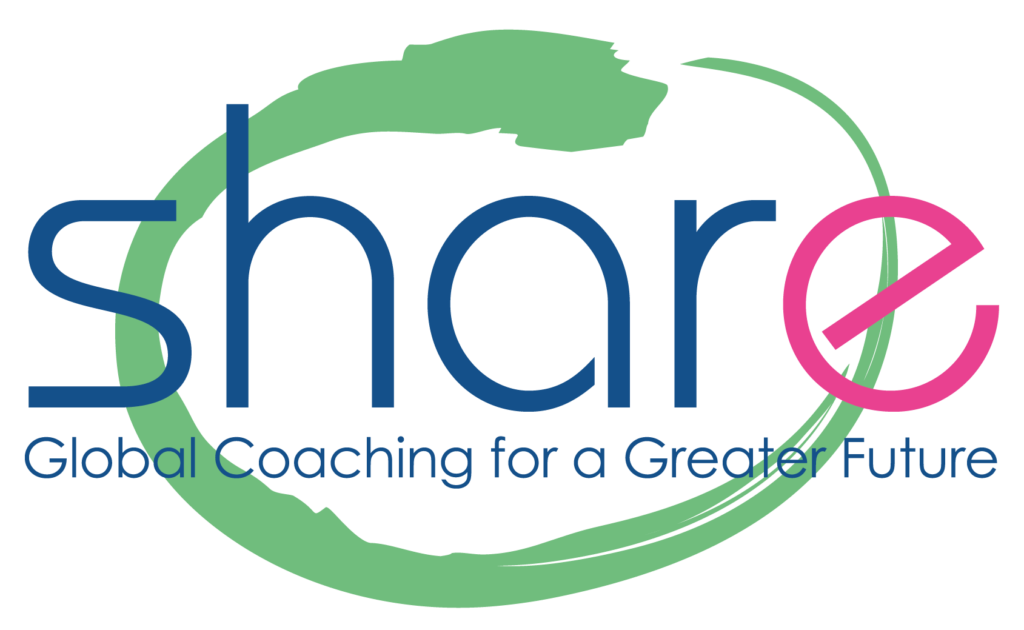A few days ago I attended a conference at the New York Metropolitan Museum staging the exhibition of photographer Diane Arbus’ pictures. Her photographs were artfully displayed on the walls of the MET Breuer, each on a vertical panel. One hundred diagonally arranged panels gave visitors the impression of walking behind the stage of a theater.
Each of the three speakers, i.e. the curator of the MET’s photographs department, the architect and the person responsible for developing photographs in the Diane Arbus Foundation, wore a headset adjusted to block out the voices of the other two. Each one explained how he had succeeded in creating this unique exhibit. Each had his own requirements and parameters. The curator wanted to fit 105 photographs within a relatively limited space, the architect had to manage circulation problems and comply with security regulations while the Diane Arbus Foundation had to respect esthetical and historical criteria. How did they reach such an outstanding success, considering their strong personalities and their well-defined imperatives?
Throughout the conference, without realizing it (and without intending to), they gave us a splendid lesson on how to obtain the cross-fertilization of different skills and hence of different thinking processes. They did not conceal the frustrations, misunderstandings and difficulties that inevitably appear in a working environment dominated by strong egos. Actually, instead of focusing on the difficulties occasioned by their different personalities, they managed to overcome these obvious obstacles. I will try to summarize what they said, although very likely they would formulate their thoughts differently.
1. TRUST. As described above, they could not hear each other’s words. Trust came out as the main harmonizing factor. Each one of them trusted the others’ competence and was convinced that the common goal was to succeed in setting up an exceptional exhibit. It was therefore important that besides getting to know one another, each gave the other the benefit of the doubt, confident that no one would say or do anything that might damage the joint undertaking. Not easy, because when facing diversity, our natural tendency is to withhold the benefit of the doubt.
2. SELF-ASSURANCE (but not arrogance!). Each one was certain that he was equally important for the success of the undertaking and that he represented a precise, additional value. Consequently, there was no role conflict. Each would step back when somebody else made a decision. At the same time he felt free to make suggestions he considered pertinent to the others’ expertise. Self-assurance is the example of an interesting paradox: members of a team who feel self-confident do not need to “prove themselves” at any cost, since their “added value” stems from their capacity to step back.
3. OPEN-MINDEDNESS. How many times have we butted in without letting the other person finish his/her sentence? How many times have we given our agreement on principle or simply out of the need to exist (see the paragraph on self-assurance)? Opening our mind to somebody else’s ideas means that we are curious and at the same time that we firmly believe that the other person’s ideas are worth investigating. Consequently, instead of giving our advice outright, we will ask questions to explore the matter further and give our advice only if necessary. Instead of answering “yes, but”, we will answer “yes and”, an approach that facilitates the development and enrichment of ideas. To obtain this objective, we need to leave a door open in our mind, ready to welcome the ideas of others as valuable assets, instead of taking these ideas as points of view that we would normally refute.
4. LETTING GO. Different points of view can be tiring, particularly when we feel that we are not reaching a solution. When we are tired we tend to be more irritable, less open, less willing to work on somebody else’s ideas. Before deciding to let go, however, we ought to realize that we are in the process of withdrawing. Only after having become aware of this, can we decide that, in order not to become irritable, we should step back, take a deep breath and be quiet for a while.
CONCLUSION
To take advantage of different opinions and reach an optimum solution, we must begin by working on ourselves to create the favorable conditions that lead to success.
In a way, in order to achieve exceptional results, we ourselves must be exceptionally good…
It’s inspiring, isn’t it?



